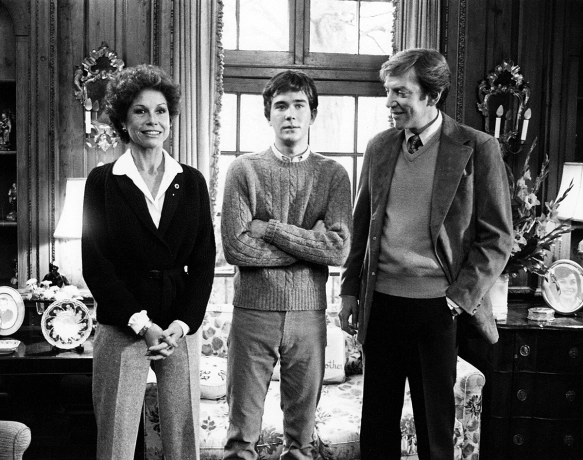
This week we went over how to write character and applied the concepts by watching Ordinary People.
Lecture: Writing Character
We started class by discussing numerous aspects of how to write character:
- Want vs. Need
- Motivation and Goal
- Character Arcs
- Static vs. Dynamic
- Physicality
- Archetypes
Want vs. Need
Most characters, especially the main ones, require a distinct want and need to drive the story. A character’s want is a desire that they are aware of, while a character’s need is their “wound,” or something they lack as a character.
As the character progresses in their journey, their goal and need should be clearly either met or not met.
Motivation and Goal
The motivation of a character is what drives them, whereas the goal includes what they are working towards and often shifts due to conflict.
How does conflict relate to a character’s goal?
Conflict should clash with the goal of the main character and keep them from succeeding.
Character Arc
We went over 4 main components that should be included in a character arc, or a character’s transformation throughout a script:
- Shifting goals and motivations
- Confronting a flaw or fear
- Failure
- Becoming distinctly better or worse
Static vs. Dynamic
When it comes to any character, they are either static or dynamic.
Static characters remain the same regardless of the events of the story and often act as a guidepost in measuring how the main character has changed.
Dynamic characters complete a character arc and change throughout their journey. These are not just main characters, but can be anyone from an antagonist to a side character and beyond.
Physicality
Especially when on the page, physicality is a huge part of portraying unique and well-rounded characters.
- Voice
- Accents/Dialects
- Wordy vs. Brief Dialogue
- Catch Phrases
- Walk
- Dressing
- Only to contribute to a picture of the character, not to costume the film
- Emotional Dimension and Duality
- Weaknesses and Major Flaws
Archetypes
All stories include characters that fall into 8 common character archetypes:
- Hero
- Shadow
- Mentor
- Ally
- Trickster
- Herald
- Shapeshifter
- Threshold Guardian
Hero
The Hero is the protagonist of a story and whose point of view the audience often follows. The plot is happening to them while they have the largest arc.
Shadow
The Shadow is the antagonistic force; they’re “not always evil, but obstructive.” These characters tend to mirror the hero in some way, and can be static or dynamic.
Mentor
The Mentor is the hero’s guide who helps, but does not carry the hero through the conflict.
Ally
The Ally is a supporting character who serves to assist the hero and can add dimension to a story through an arc of their own.
Trickster
The Trickster is antagonistic and a source of conflict. The conflict they provide can bring about new ideas or perspectives.
Herald
The Herald is the catalyzer who delivers information that serves as a push toward their goal. Said message usually appears through action or the Herald explaining the stakes.
Shapeshifter
The Shapeshifter appears as one thing, but is revealed to be something else. This character can be the Ally that betrays the hero, or any other character along the way.
Threshold Guardian
The Threshold Guardian stands between the character and their goal, and in turn forces the hero to prove their worth, whether literally or metaphorically.
Screening
As an analysis of archetypes in action, we screened Alvin Sargent’s 1980 adaption of Ordinary People.
When confronted with the guilt of his brother’s death, Conrad must learn to forgive himself before his mental health gets the better of him.
The assignment that went along with Ordinary People included the 7 Plot Points and writing character: everything covered in the last few weeks.
The film was a great study of all of these concepts, but an incredibly difficult story done very well. I did cry and at times found the content to be a bit difficult to sit through, but it is definitely a story I’m sure people out there can relate to.
Conclusion
Everything we covered with character this week is crucial foundational information that will contribute to a better script in the future! I am very excited to apply these concepts in a script of my own.
Don’t forget to check out last week’s blog, and stay tuned for more!


2 responses to “Intro to Screenwriting Week 4: Writing Character”
[…] assignment focused on the 7 Plot Points, want and need, and all of those ideas we have been […]
[…] forget to check out last week’s blog, and to stay tuned for future […]